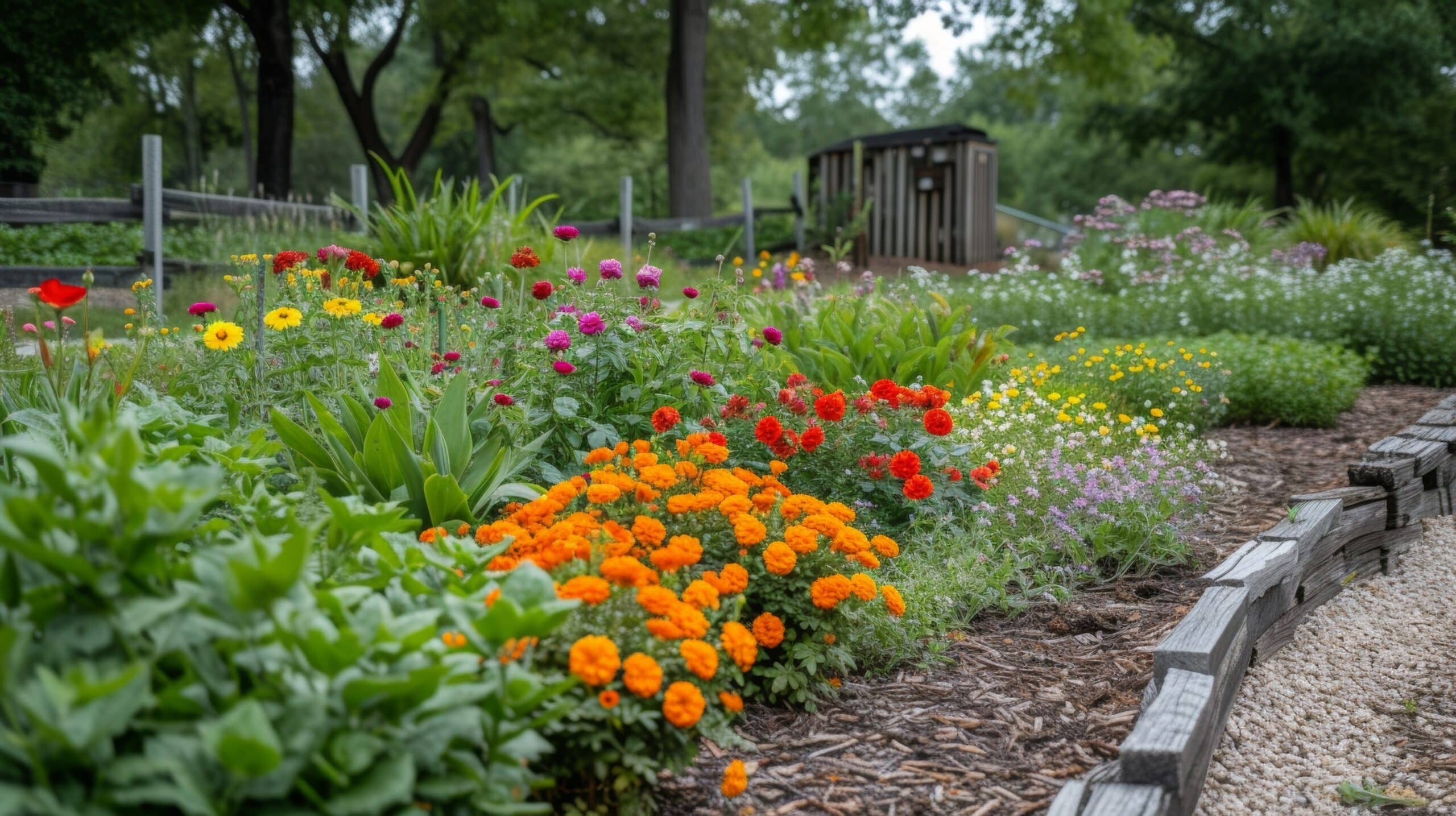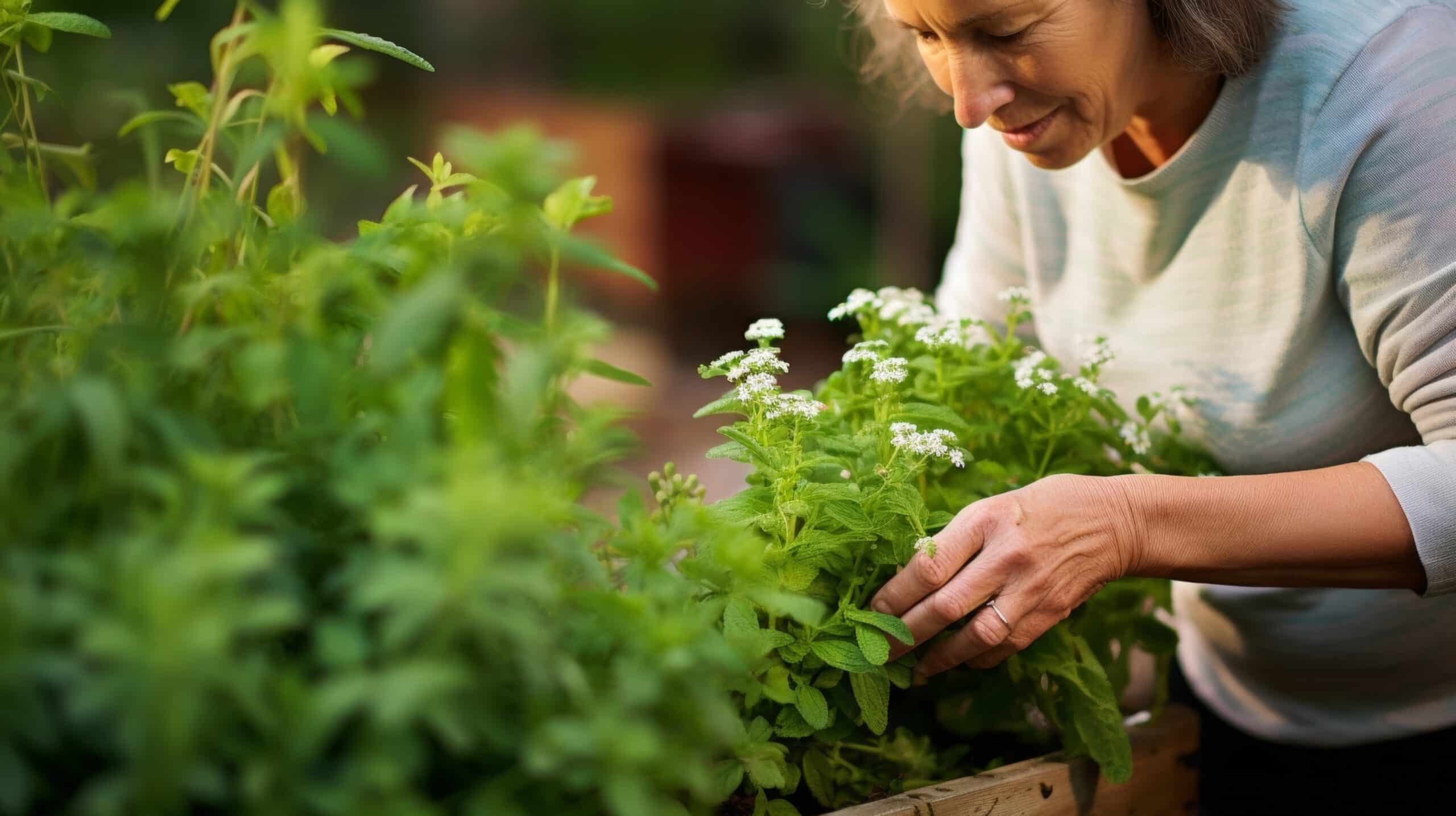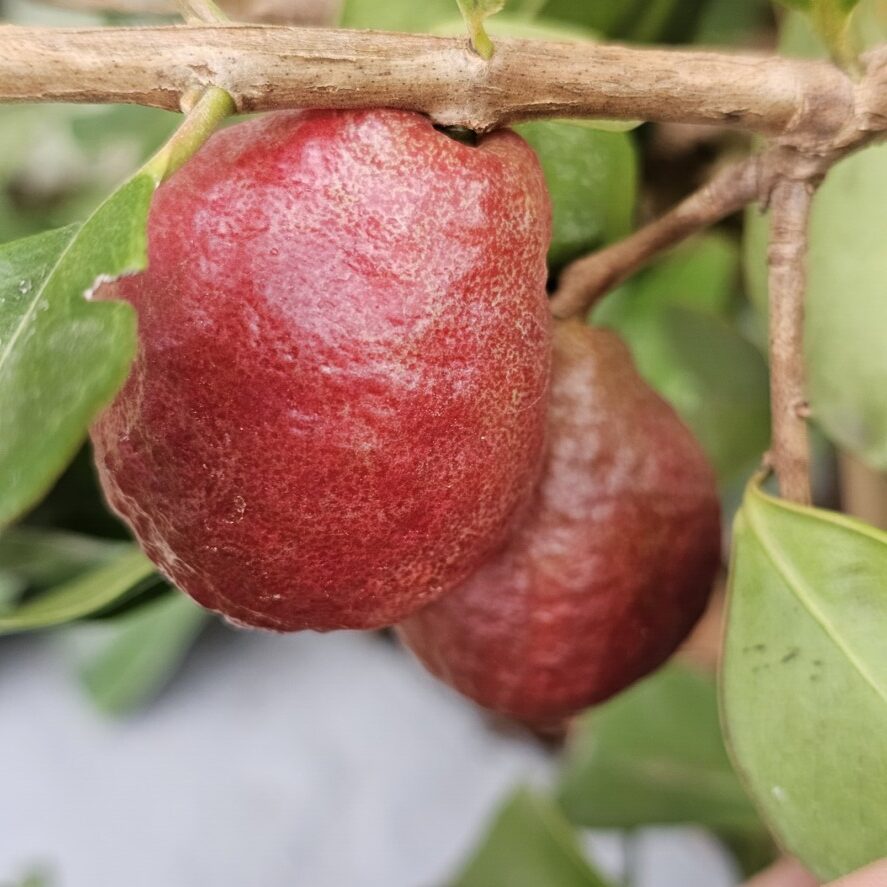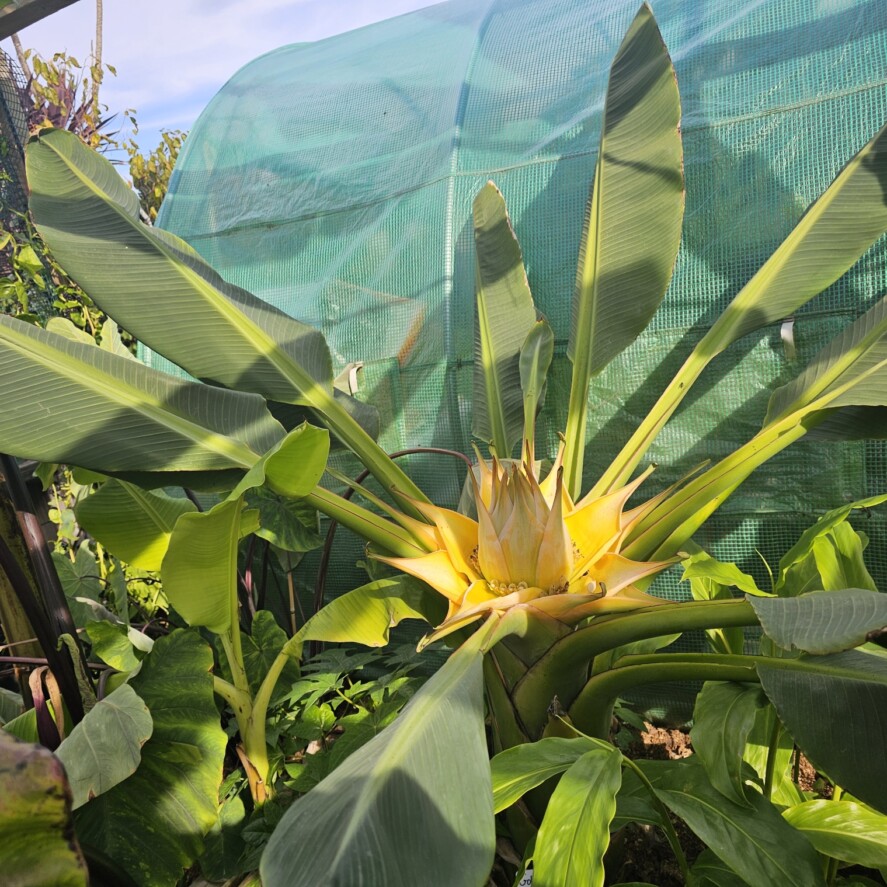-
Troppo Plant & Garden Articles
- Te Puke Region
- TROPPO’s Food Forest in Te Puke, BOP (www,foodforest.org.nz)
- Troppo’s Plant Collection
- TROPPO's Nursery Directory
- Food Forests of New Zealand (www.foodforests.nz)
- Nursery Map - Plant Suppliers of NZ Directory (www.nurserymap.nz)
- Kids Garden Corner
- New Zealand Garden Bird Survey
- New Zealand Garden Groups
- Delicious Recipes
Planting different species together to enhance growth, repel pests, and improve soil health.

Companion planting is a gardening technique where different plant species are grown together to benefit one another. This method can enhance growth, repel pests, and improve soil health. Here’s a guide on how to use companion planting to create a thriving and harmonious garden.
Benefits of Companion Planting
- Enhanced Growth: Some plants release chemicals that promote the growth of their neighbors.
- Pest Repellence: Certain plants can deter pests, reducing the need for chemical pesticides.
- Improved Soil Health: Different plants can contribute to soil fertility by fixing nitrogen or improving soil structure.
Common Companion Planting Combinations
- Tomatoes and Basil: Basil helps repel tomato hornworms and improves the flavor of tomatoes.
- Carrots and Onions: Onions repel carrot flies, while carrots improve soil structure for onions.
- Corn, Beans, and Squash (Three Sisters): Corn provides support for beans, beans fix nitrogen in the soil, and squash acts as a living mulch to suppress weeds.
- Marigolds and Most Vegetables: Marigolds repel nematodes and other pests while attracting beneficial insects.
- Spinach and Strawberries: Spinach provides ground cover to keep weeds down and conserves moisture for strawberries.
- Peas and Lettuce: Peas fix nitrogen in the soil, benefiting lettuce, which has shallow roots and can grow well in the shade of taller pea plants.
- Cabbage and Dill: Dill attracts beneficial insects that prey on cabbage pests like cabbage worms and aphids.
- Radishes and Cucumbers: Radishes can help deter cucumber beetles and can be harvested before cucumbers need more space.
Tips for Successful Companion Planting
- Understand Plant Needs: Group plants with similar water, light, and soil requirements together.</
- Consider Plant Heights: Use taller plants to provide shade for shorter, shade-tolerant plants.
- Use Herbs Strategically: Many herbs, such as rosemary, thyme, and mint, can repel pests and attract beneficial insects.
- Rotate Crops: Practice crop rotation to prevent soil depletion and reduce the risk of diseases and pests building up.
- Plant Flowers for Pollinators: Include flowering plants like lavender, borage, and sunflowers to attract pollinators and beneficial insects to your garden.

A variety of flowers and plants from delicate roses to hardy succulents make this community garden a true sight to behold.
Examples of Companion Planting for Specific Goals
Pest Control
- Garlic and Roses: Garlic helps repel aphids that often target roses.
- Chives and Carrots: Chives can deter carrot flies.
Improved Soil Health
- Legumes and Grains: Beans and peas fix nitrogen in the soil, benefiting nitrogen-hungry grains like corn and wheat.
- Clover and Fruit Trees: Clover can be used as a ground cover to fix nitrogen and improve soil fertility for fruit trees.
Enhanced Growth
- Radishes and Lettuce: Radishes help break up soil, allowing lettuce roots to penetrate more easily.
- Yarrow and Aromatic Herbs: Yarrow can enhance the essential oil content of nearby aromatic herbs like basil, rosemary, and thyme.
| Primary Plant | Companion Plants | Benefits |
|---|---|---|
| Tomato | Basil, Marigold, Carrot, Garlic | Repels pests, improves flavor |
| Carrot | Tomato, Chives, Rosemary, Sage | Improves growth, repels pests |
| Broccoli | Dill, Celery, Onions, Potatoes | Repels pests, improves growth |
| Beans | Corn, Cucumber, Radish, Celery | Improves soil, attracts pollinators |
| Squash | Beans, Corn, Nasturtium | Repels pests, improves growth |
| Corn | Beans, Peas, Squash | Improves soil, provides support |
| Lettuce | Carrot, Radish, Strawberry, Cucumber | Repels pests, improves growth |
| Cucumber | Beans, Peas, Radish | Improves growth, repels pests |
| Peas | Carrot, Radish, Cucumber | Improves soil, attracts pollinators |
| Spinach | Strawberry, Radish, Peas | Improves growth, repels pests |
| Radish | Lettuce, Peas, Nasturtium | Repels pests, improves growth |
| Strawberry | Spinach, Borage, Lettuce | Repels pests, improves growth |
| Cabbage | Dill, Onion, Potato, Celery | Repels pests, improves growth |
| Onion | Carrot, Lettuce, Strawberry | Repels pests, improves growth |
| Garlic | Tomato, Carrot, Cabbage | Repels pests, improves growth |
| Rosemary | Carrot, Beans, Cabbage | Repels pests, improves growth |
| Thyme | Strawberry, Cabbage, Broccoli | Repels pests, improves growth |
| Sage | Rosemary, Carrot, Cabbage | Repels pests, improves growth |
| Basil | Tomato, Pepper, Oregano | Repels pests, improves flavor |
| Marigold | Tomato, Pepper, Cabbage | Repels pests, attracts pollinators |
| Chives | Carrot, Tomato, Rose | Repels pests, improves growth |
| Dill | Broccoli, Cabbage, Lettuce | Repels pests, improves growth |
| Borage | Strawberry, Tomato, Squash | Repels pests, attracts pollinators |
| Nasturtium | Squash, Cucumber, Radish | Repels pests, attracts pollinators |
Conclusion
Companion planting is a powerful tool for creating a healthy, productive, and environmentally friendly garden. By strategically pairing plants, you can enhance growth, repel pests, and improve soil health, leading to a more sustainable and enjoyable gardening experience. Happy planting!

Gathering a handful of fragrant mint leaves beaming with pride at the medicinal and culinary uses she has discovered for the herbs growing in her backyard















This article is a treasure trove of knowledge! The detailed companion planting combinations provide clear guidance on how to make the most out of my garden. Can’t wait to implement some of these tips!
The inclusion of specific plant needs and tips for successful companion planting is incredibly valuable. This will definitely help me create a more harmonious and productive garden. Thank you for this insightful piece!
What a well-written and informative guide on companion planting! The science behind how certain plants benefit each other is fascinating and makes perfect sense. Thank you for breaking it down so clearly!
As a longtime gardener, I can say this article is spot on. The benefits of companion planting are evident in my own garden. The combinations mentioned here are tried and true. Excellent read!
Companion planting has always intrigued me and this article has given me the confidence to give it a try. The specific pairings and their benefits are particularly helpful.
I agree, EdibleEden. This guide simplifies everything we need to know. I’m excited to see how my garden will flourish with these new strategies!
Absolutely, the practical examples and combinations make it easy for even novice gardeners to get started. Great job on this comprehensive article!